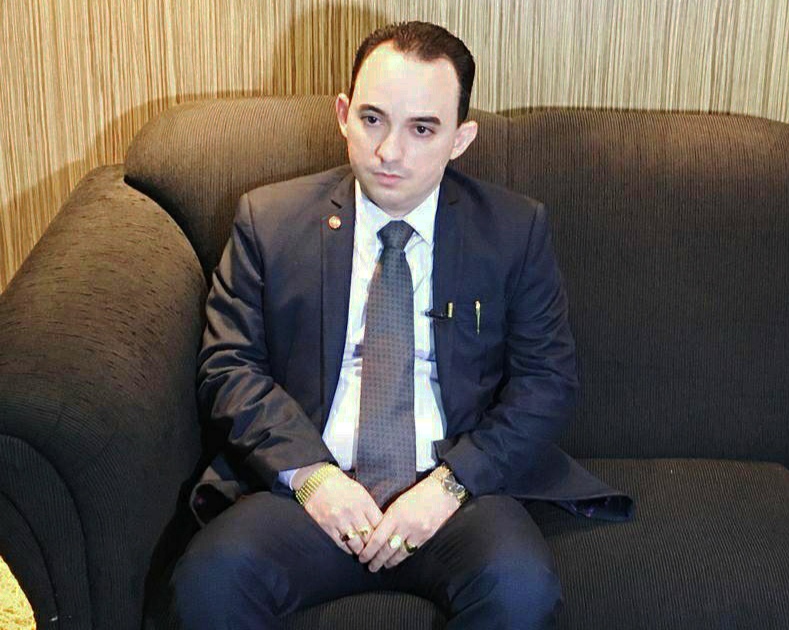

Jornal odia skin#
The main characters are: Veizim, an old yellow Indian with white hair Turuna, an Indian with orange skin and black hair and Fernandias, a character who had been forgotten in this strip for some years, and which is a parody of Fernão Dias.

In February 2019 the newspaper won a lawsuit that President Jair Bolsonaro filed against the newspaper.

In April 2010, Editora O Dia sold part of its capital to EJESA, Empresa Jornalística Econômico SA, which publishes Brasil Econômico, for US $ 75 million.Īlready with EJESA, Editora O Dia launches the sports brand MarcaCampeão – in partnership with the leading Spanish newspaper Marca.
Jornal odia tv#
Īt this time, Editora O Dia also included the newspaper Meia Hora, the portal O Dia Online, TV O Dia and radio FM O Dia, in addition to a news agency and the Ary Carvalho Institute. In 2005, Ariane left the company to found the newspaper Q!, taking along the MPB FM radio. With the death of Ary Carvalho in 2003, the company’s property was divided between his three daughters: Ariane, Gigi and Eliane de Carvalho. Initially a vehicle of strong popular appeal, focused on police and violence news, the newspaper underwent extensive reform in the early 1990s, with the intention of competing for readers with the more traditional ones. In 1983, O Dia was purchased by journalist and businessman Ary Carvalho. On the occasion of the Coup d’état in Brazil in 1964, the newspaper published an article published on April 2 of that year, in which it stated: Chagas was Ademar’s partner and political ally at the time. Ĭhagas used the graphic equipment of the afternoon A Notícias (owned by former São Paulo governor Ademar de Barros ) to run the newspaper. The newspaper was founded on 5 of June of 1951 by the then deputy Chagas Freitas, future governor of the states of Guanabara and Rio de Janeiro. O Dia is a daily newspaper published in the city of Rio de Janeiro, Brazil. R $ 1.50 (Monday to Saturday), R $ 3.00 (Sunday) Note: For the Piauiense periodical, see O Dia (Teresina).


 0 kommentar(er)
0 kommentar(er)
